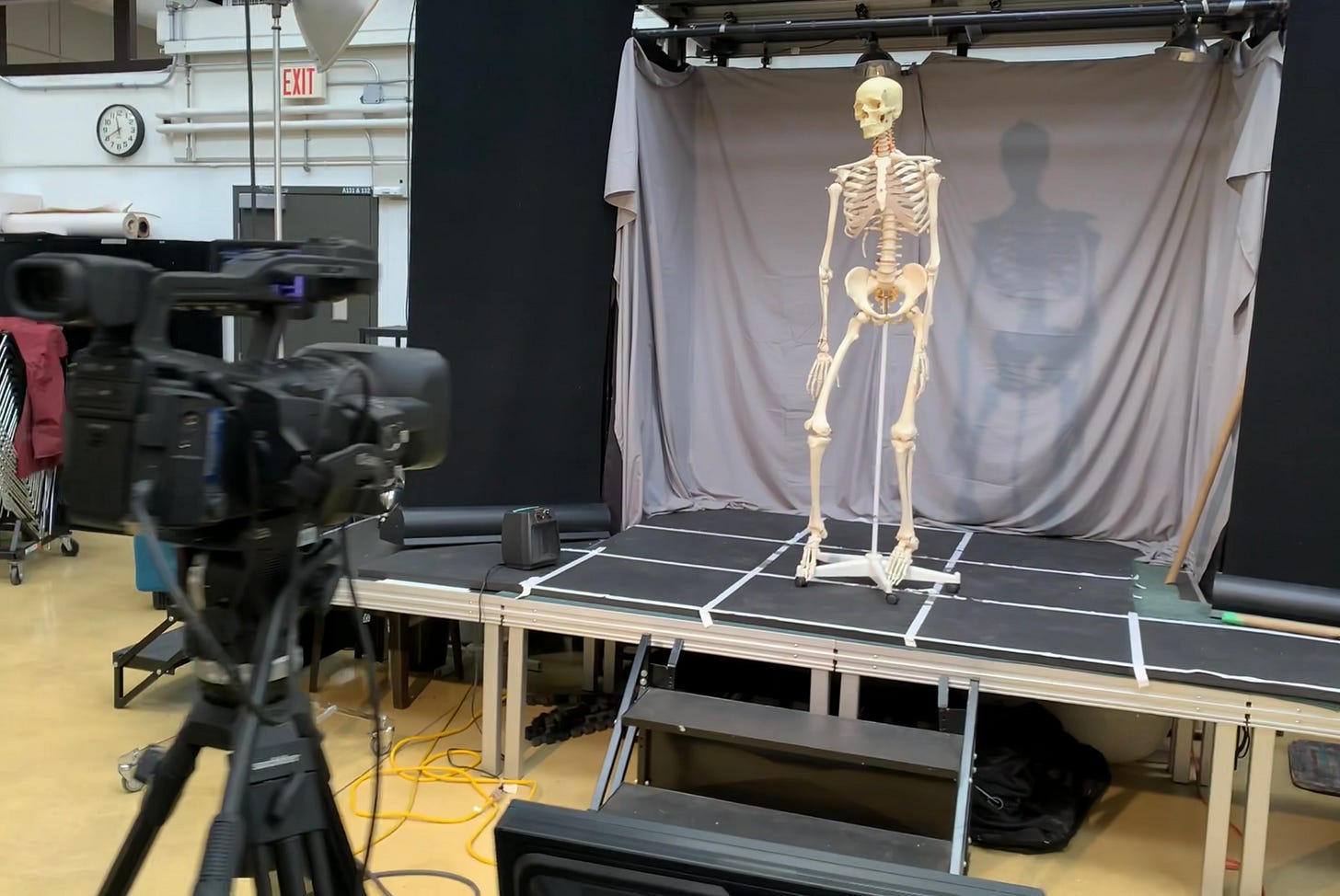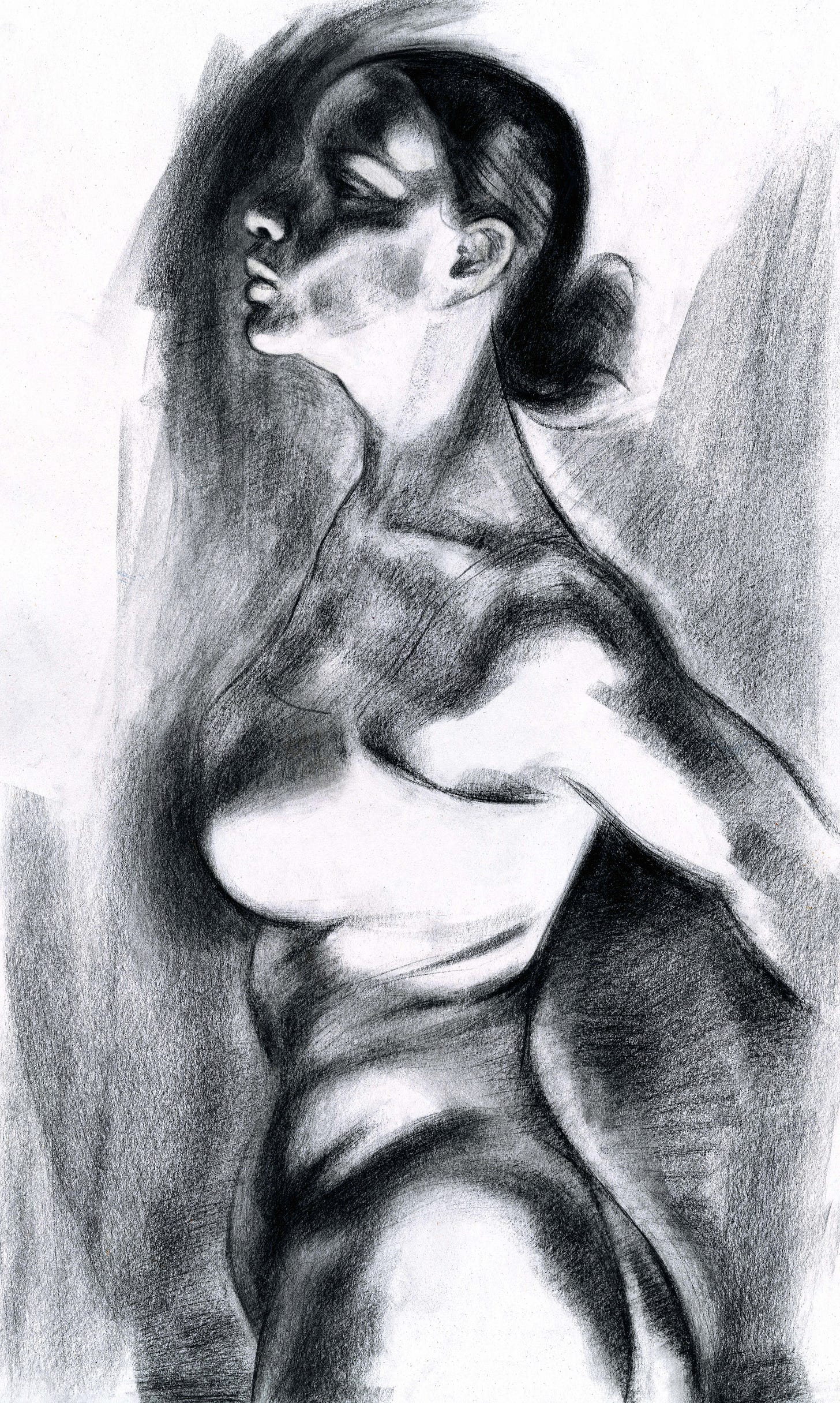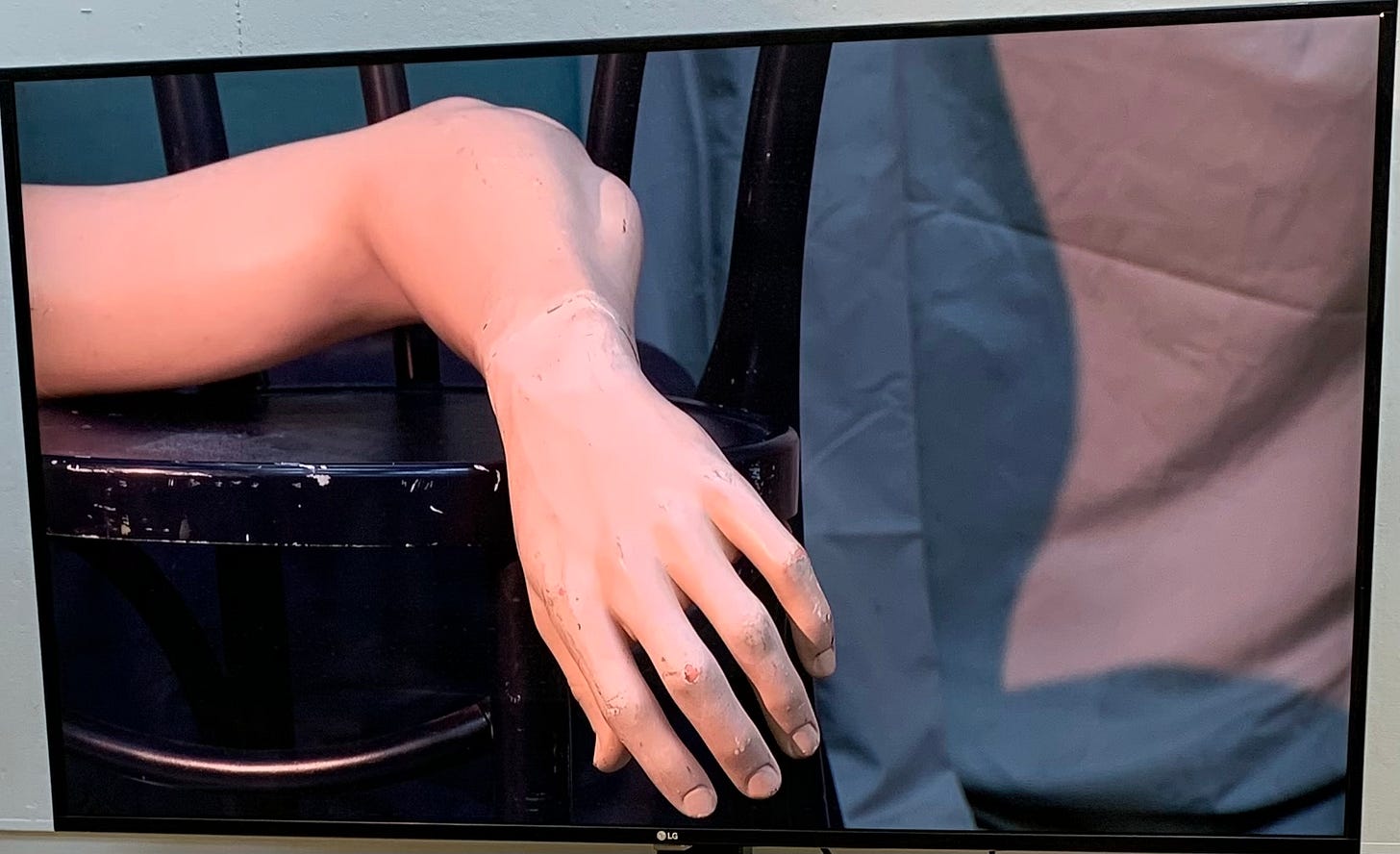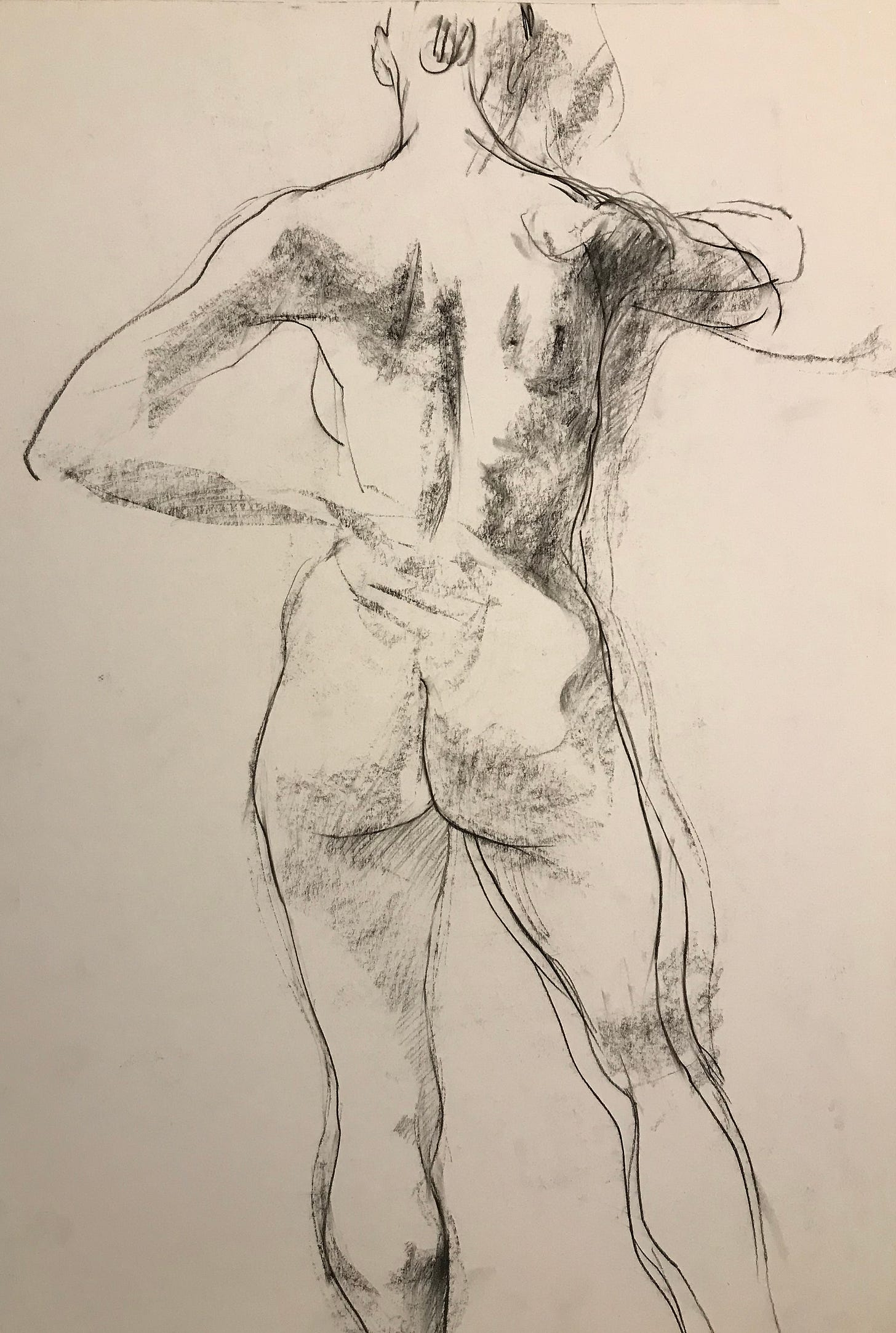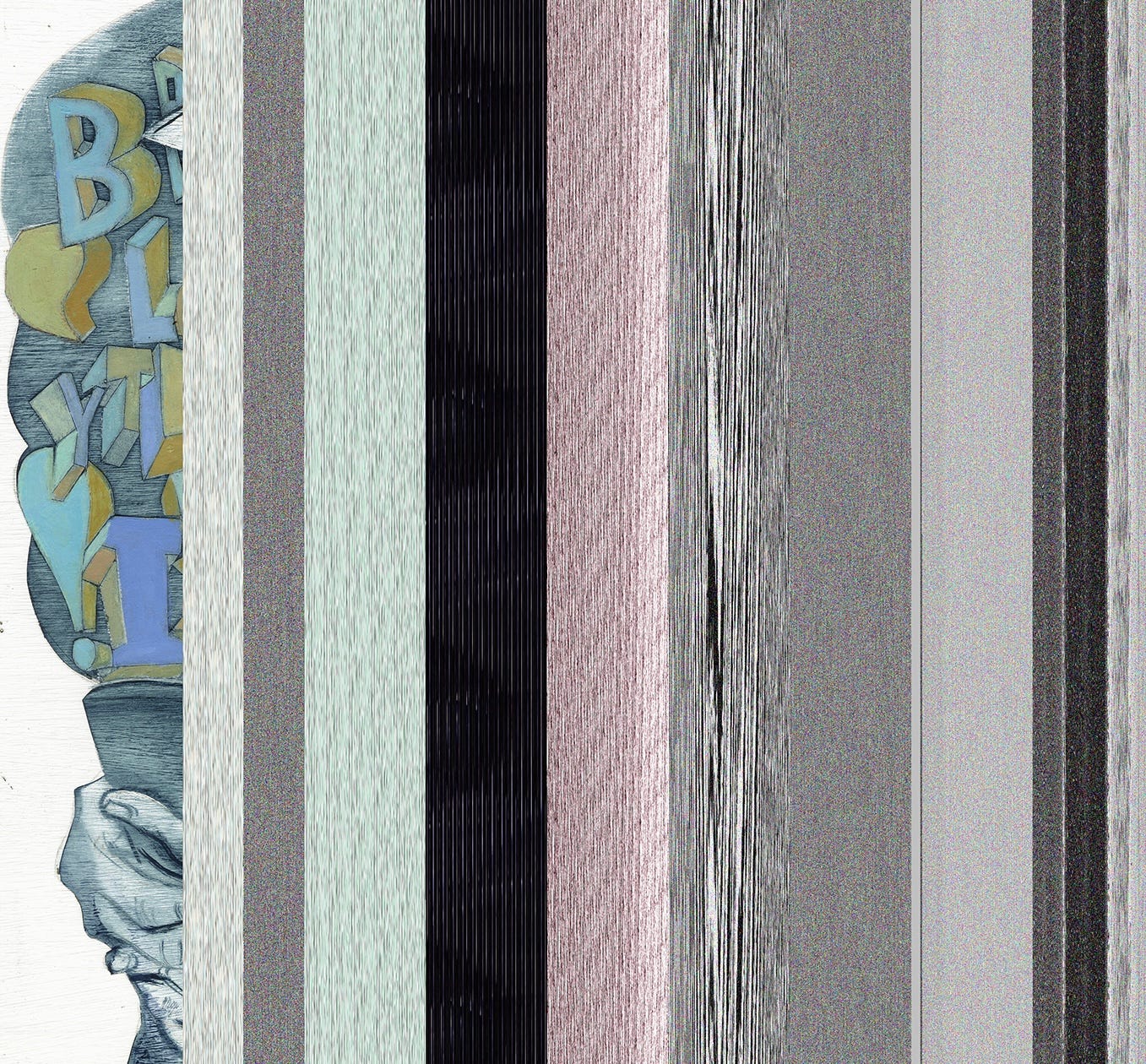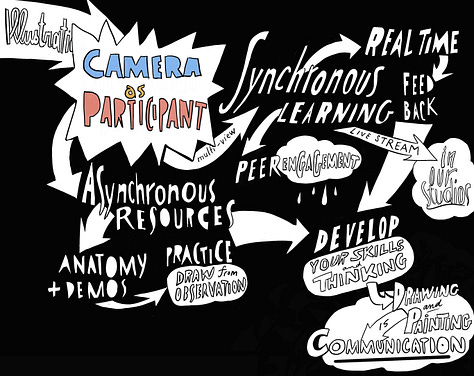
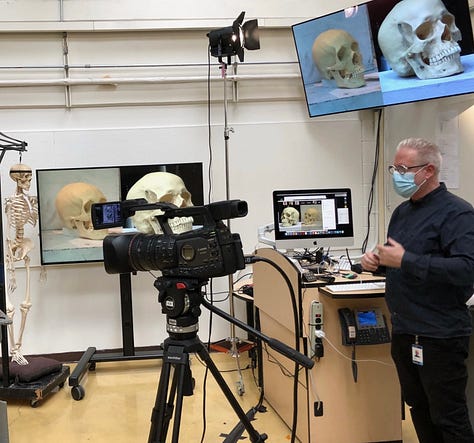
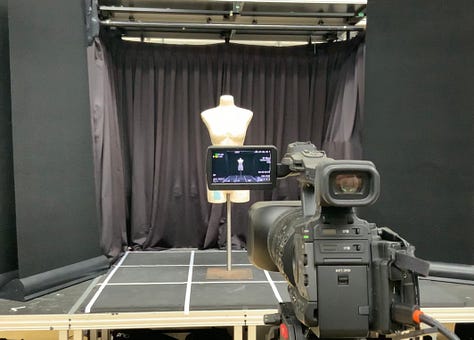
In the summer of 2020, the painter Ted Zourntos and I working with our technologist Graham Gentleman, developed a film recording and streaming approach to teaching figure drawing and painting for the Fall semester. We used the incredible advantages of the video camera to show multiple viewpoints, freezing expressive movement, and doing extreme closeups. Our great life models partnered with us on this experiment
.
I used OBS Studio to join 3 feeds into one stream so that the figure appeared from multiple angles. Each week we developed more ideas and we were convinced we had found some very new ground to expand on remote learning of drawing and painting.
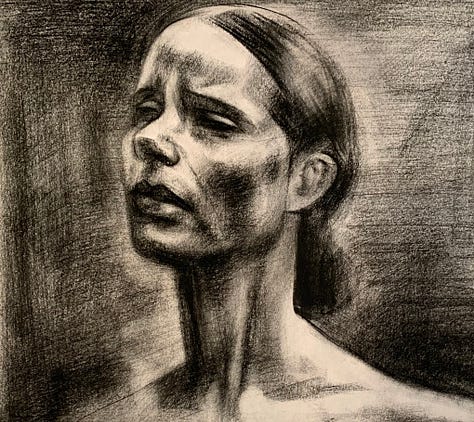
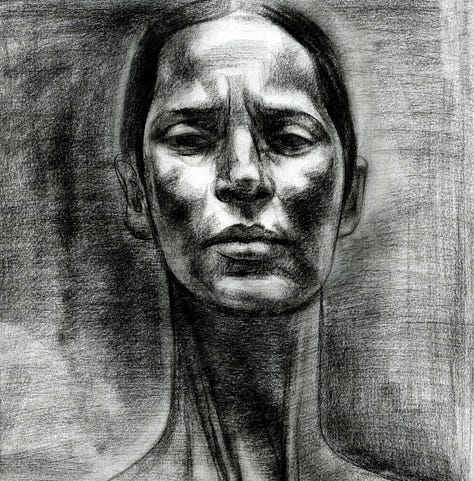

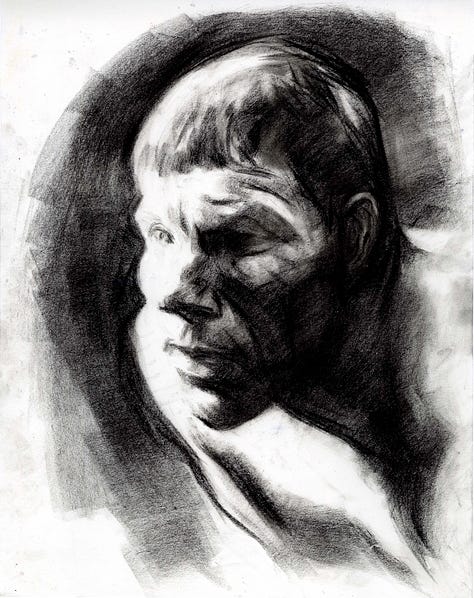
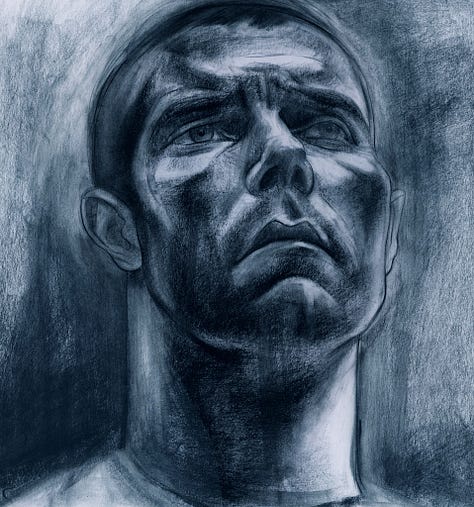
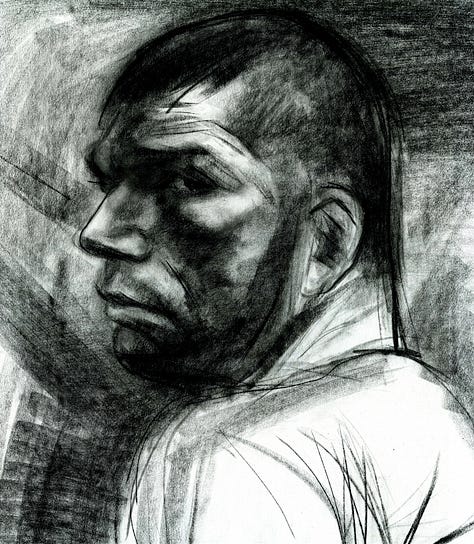
I began to draw from the feeds as well, to better understand the student’s experience and without seeing their process in the studio, I wanted to ensure the exercises were effective.
The student progress was great and the exercises were getting at the heart of so many drawing issues. We had found a whole new way of working…
But, as we neared the end of the 2nd semester something weird started to happen. A glitch in the system. The reading and representation of 3D space was not working. I posted my drawing to IG sourced from the streamed images we used in class…
Developing your drawing is centred on process..so easily said and so difficult to follow. How you draw and how the approach you use opens up new paths in your work is the last thing we look at. The final art with it's Teflon surface of technique tightly stretched over referenced sources crafted with the precision of an overpaid plastic surgeon…voila...art
.
The flat plate glass window of our streams rushed up and smashed all of us in the face. We couldn’t bridge the last divide on our journey—building 3D space. We ended our filmed and streamed experiment after 2 semesters and returned to our studios in the Fall of 2021. (Many studio arts programs remained remote, we knew we could not.)
What did we learn? We learned the difference between drawing ‘from’ life and drawing life. Students learn better together physically and the inability to see the act of the drawing in process is a fatal flaw in remote teaching.
We developed new ideas with the cameras and edited streams, but this exploration drove us back to real materials, I began exploring conté drawing again as my Crime Seen series of noirish Illustrations of TV detective serials focused on conté experiments. We drove around this broad pool of technology and arrived back at the beginning. No fork in the road, just a loop.
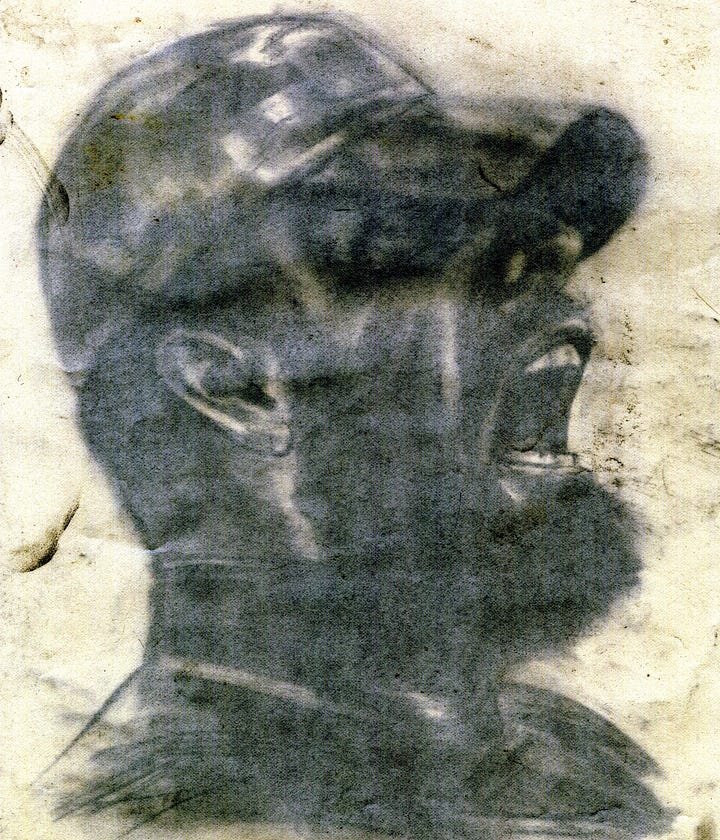
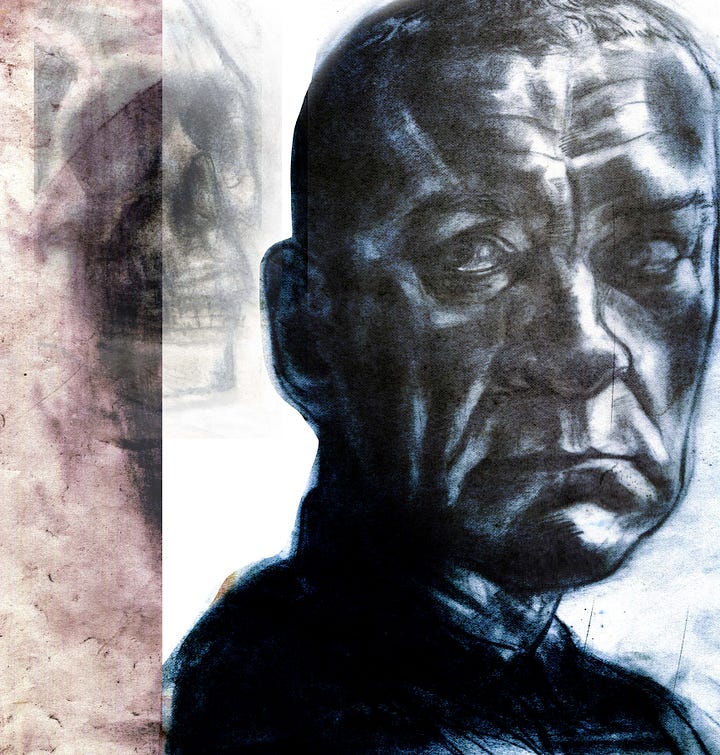
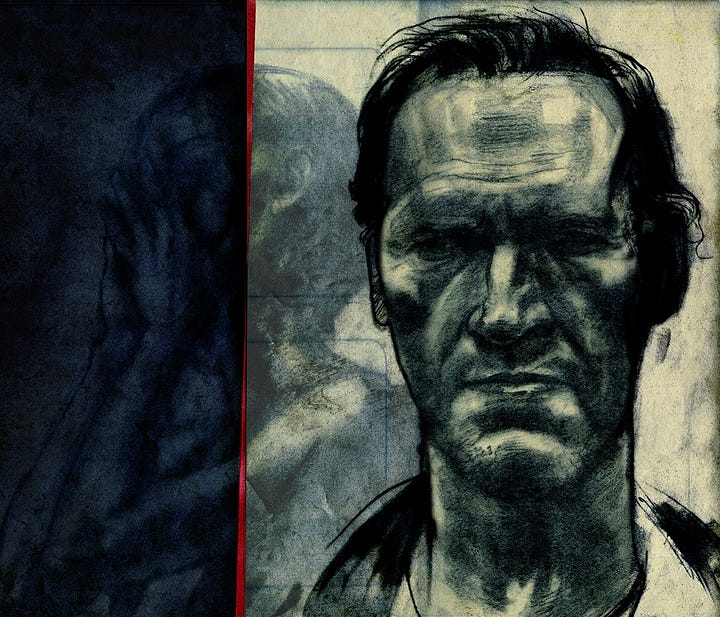
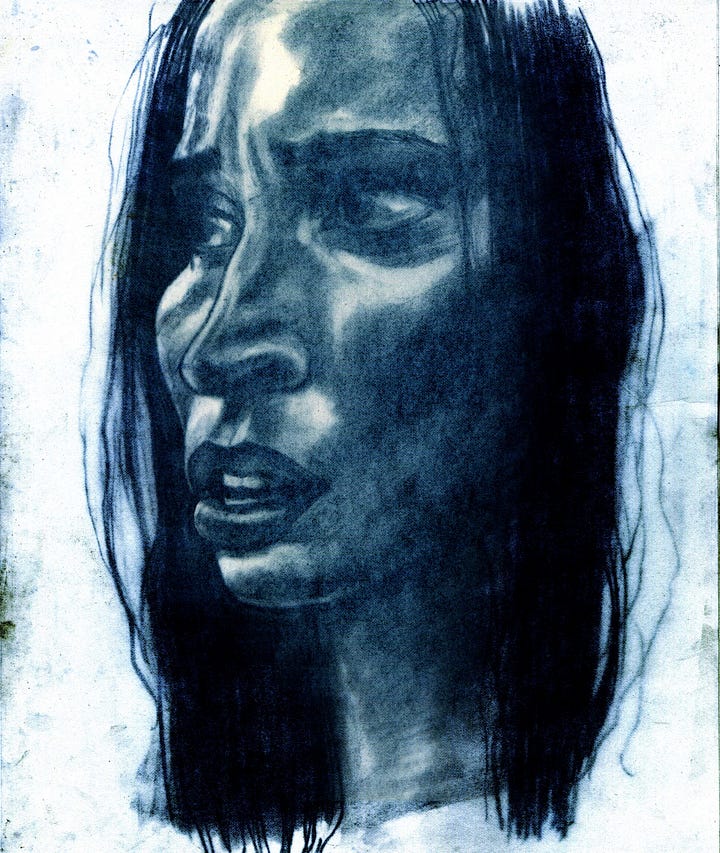
…substituting a paved road for a winding path.
What we learned is most relevant about the use of A.I. in teaching drawing. There is a difference between effective ways to learn to draw and paint and substituting a paved road for a winding path. How you enter a fast moving stream is important. Our COVID experiment proved that the physical connection to materials, space, perception, cognition, presence, and the active peripheral/immersive setting of the studio ALL combine to inform and inspire drawing.
The speeding bullet train of generative art A.I. seems inevitable because it is THE FUTURE, but weirdly it is scraped from our past and this may be its great unintended consequence…
More on that to come.
Happy Easter!
Joe




